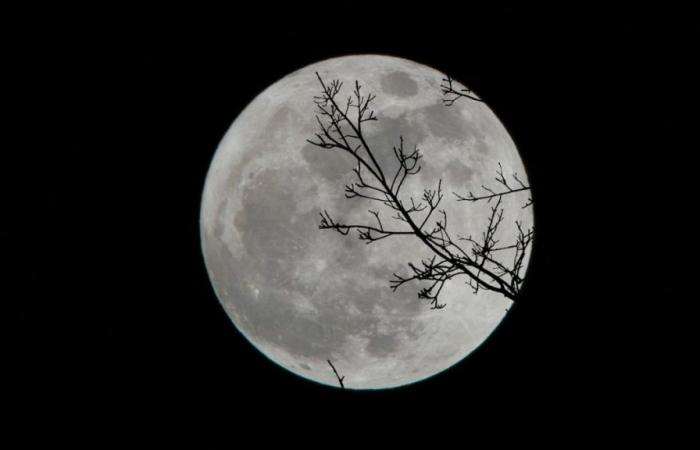The Chinese Academy of Sciences compiles the available information about our satellite
Join the conversation
For decades, NASA missions and other space organizations and agencies have made great efforts to learn all the details about our satellite. Many countries have reached the Moon in the past, but it seems that China has beaten everyone to the punch by recreating a atlas which collects how it is satellite geology.
China shows us the great details of the Moon
He first atlas of the Moon has been recently revealed, as published by the news platform EurekAlert, and presents us with the Earth’s natural satellite in a scale of 1:2.5 million. Launched in Chinese and EnglishThis work includes the Geological Atlas of the Lunar Globe, as well as geological, lithological and tectonic maps of the Moon.
LIU Jianzhong, researcher at the Institute of Geochemistry of the Chinese Academy of Sciences and editor of the atlas, talks about how the accumulation of data and observations They have left geological maps obsolete developed during the Apollo mission era.
A new programwhich took its first steps in 2012, began collecting new geological information from the satellite and has finished combining data about lunar rocks, geological structures and ages of the Moon in a newly minted atlas. In fact, the team that developed the atlas has also created a new time scale for the Moon, dividing its history into three eons and six periods.
He work done It has been made possible thanks to the collaboration of the Chinese Academy of Sciences together with organizations such as Jilin University, Shandong University, the Institute of Geology, the Chinese University of Geosciences and the Institute of Geographical Sciences and Natural Resources Research. During its preparation, the team has identified 12,341 craters of impact, 81 basins of impact, 17 types of rocks and 14 types of structures.
Besides, This atlas also includes a manual where the data used to create the maps, the content represented in them, how the time scale is divided and the history of the Moon’s evolution are explained.
The atlas can be purchased through the Geological Publishing House, although its cost, of 1,780.91 eurosindicates to us that we are more before a book designed for public and private entities for personal acquisition. What is certain is that China is once again positioned in a privileged position in the space exploration of the 21st century.
You can follow Urban Techno on Facebook, WhatsApp, Twitter (X) or check out our Telegram channel to stay up to date with the latest technology news.
Join the conversation


